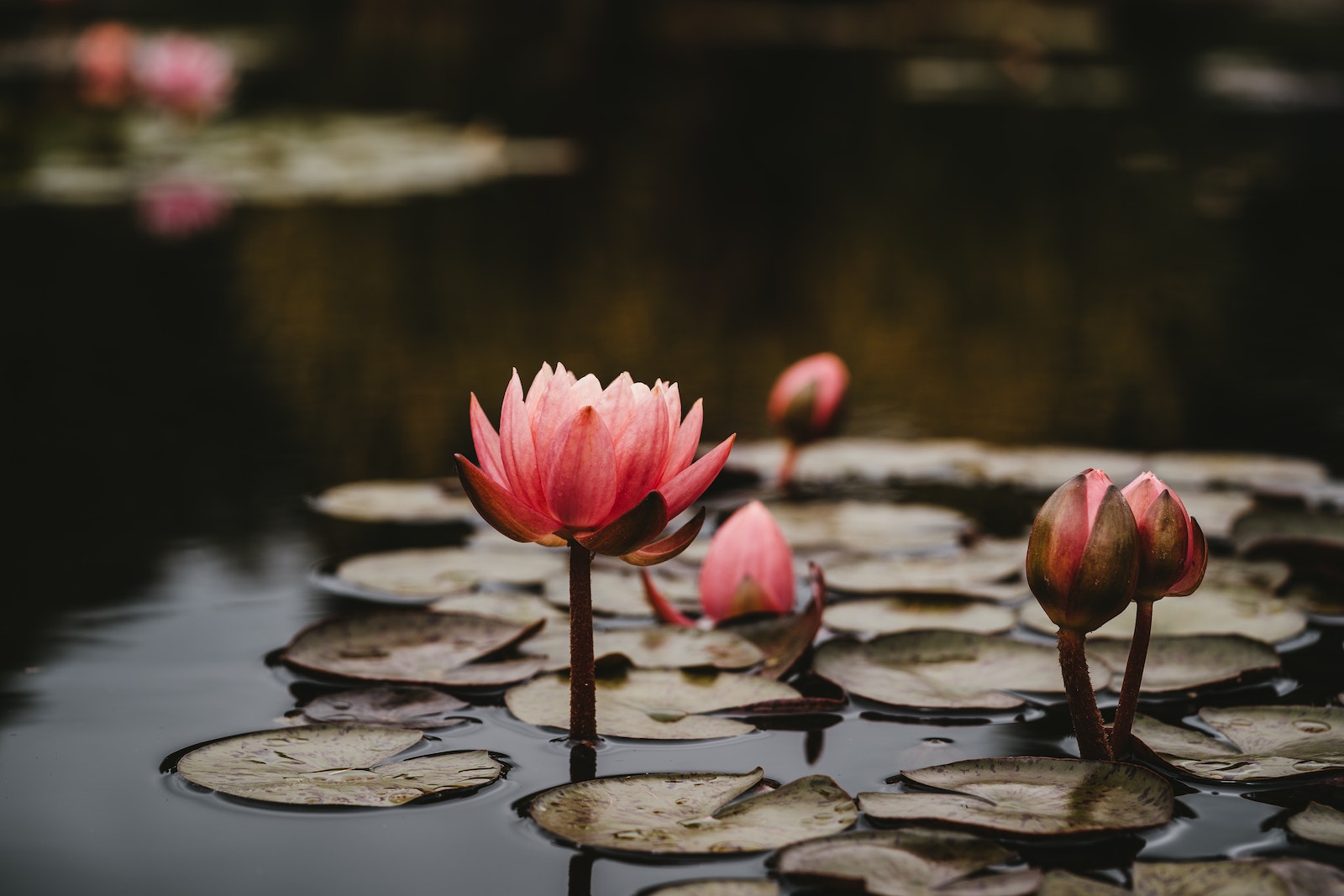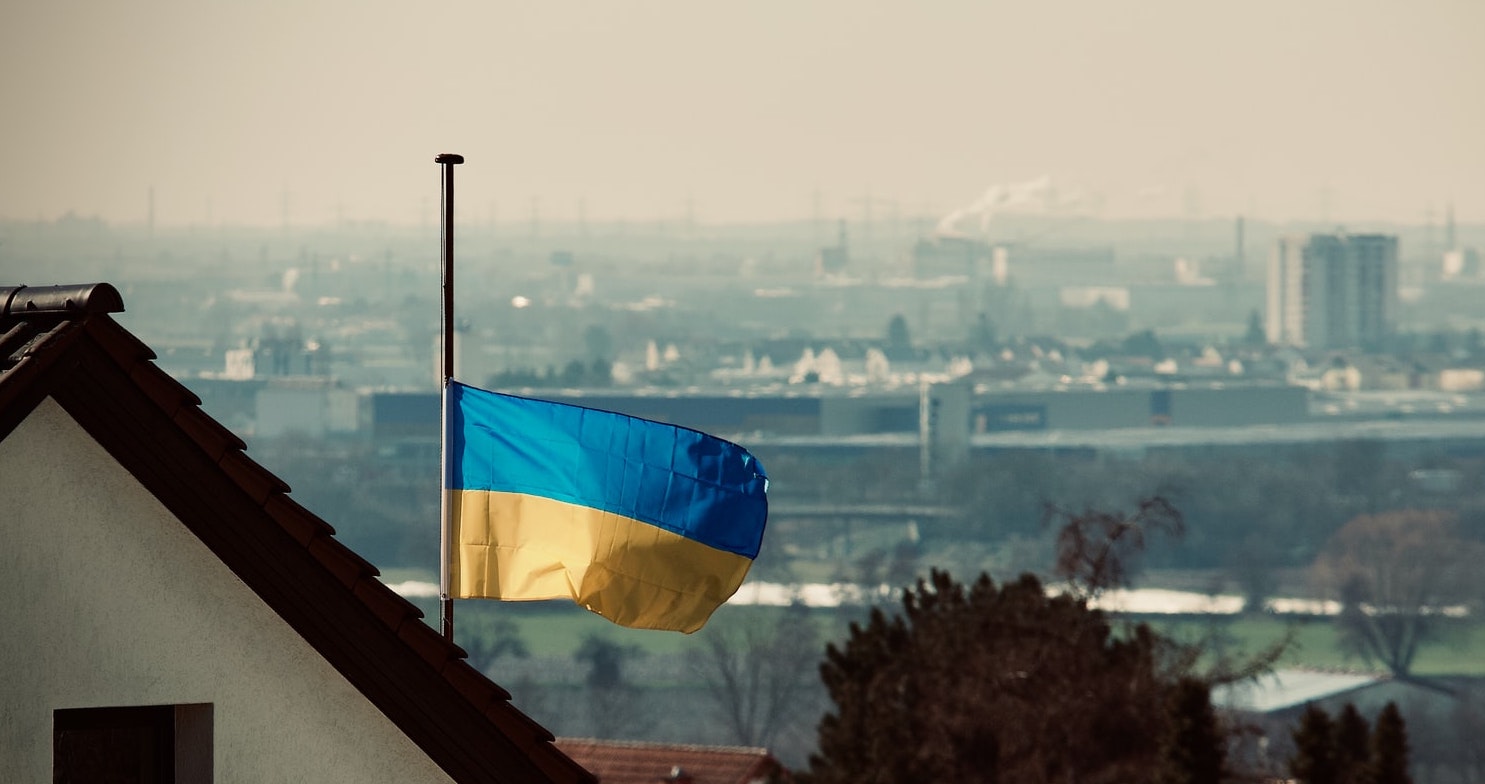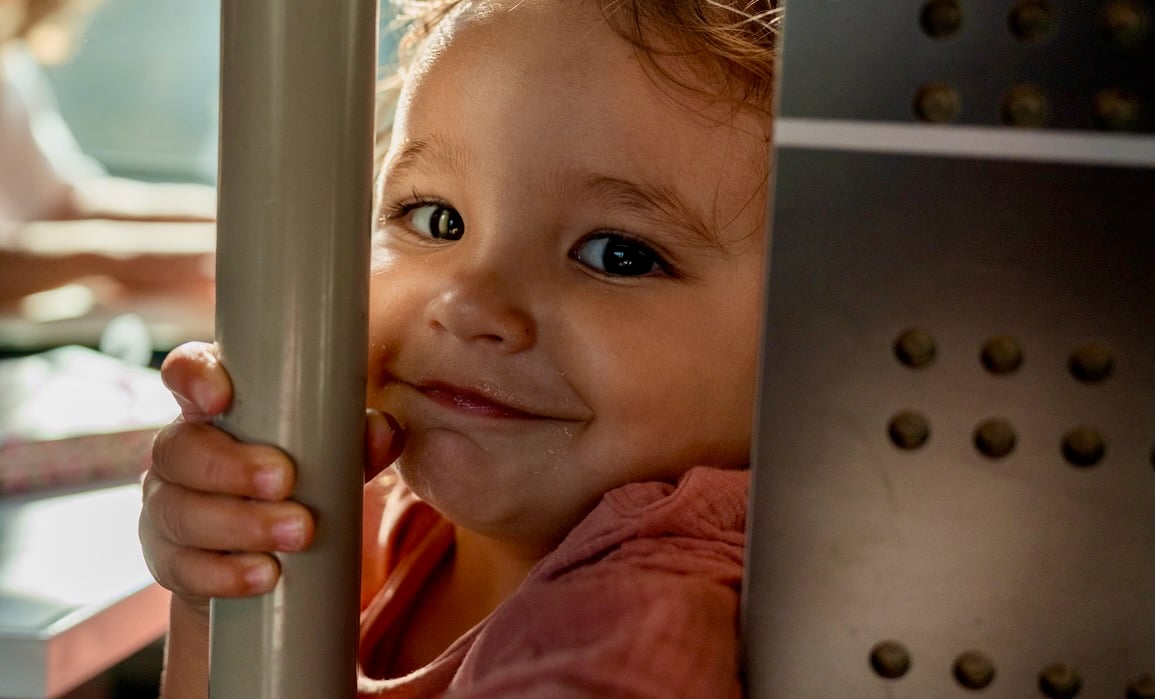Get to Know Your Monsters: A Playful Mindfulness Practice to Work With Difficult Emotions
Playfulness isn’t only for children. Incorporating some lightness in our mindfulness practice can help us address difficulty. Wendy O’Leary shows us how with this visualization exercise that inspired her new children’s book. The post Get to Know Your Monsters:...

Playfulness isn’t only for children. Incorporating some lightness in our mindfulness practice can help us address difficulty. Wendy O’Leary shows us how with this visualization exercise that inspired her new children’s book.
By Wendy O’Leary March 14, 2022 CalmI can see it clearly, a big gray blob cartoon monster pulling a chain with a heavy block of cement attached at the end. This is my self-doubt monster. The cement block is made of stories about why I am not good enough, should not even try to do something, or maybe should just hide under the covers completely. These days, the monster is much smaller than in days gone by and not pulling along quite so much weight. Still, it is there, thudding around and making a trip across my mind like a parade every now and again.
Yes, I wrote a children’s book, The Monster Parade, using this analogy. In fact, I often use it myself, which is where the idea came from in the first place. Seeing my emotions as monster-like creatures that are passing by in a parade has been a powerful and incredibly helpful practice.
First, this practice supports us in seeing that our emotions are not personal. I am not my emotions, and you are not yours. Emotions arise based on a wide range of situations and conditions in our lives. Yet we often act as if our total existence is that emotion. Our lives contract around our emotions and we give them the power to pull us along. As we practice visualizing emotions in a parade, the reminder is that they are also not permanent. Emotions not only come, they also go. They are not permanent or solid or stable. They are just passing by. Yet, if we try to ignore them, they clamor for our attention in a variety of ways. After all, it is a parade, and they want to be seen! If we get pulled into the parade with them, we no longer have the full view and can get swept up and away.
By using this analogy, I can also keep my relationship with my emotions as one of interest and even a little light and playful. When anger passes by, just a quick glimpse of my monster can disarm its intensity and sometimes even bring a smile to my face. We can use this idea to get up close to our feelings and be interested in what they have to say and how they feel. When they are intense, we can back away a bit and take a seat further up in the grandstand. Sometimes emotions stay a while, putting on a show in front of the audience. They just want to be sure we are paying attention and may even have some things to show us. In paying kind attention to our monsters, we begin to cultivate acceptance and a deeper understanding of our inner world.
Intellectually I have understood these ideas for quite some time, and perhaps you do as well. However, working with my emotions in this way has helped me to see, feel, and experience these understandings more directly. Try it out for yourself:
Get to Know Your Monster
1. Notice the monster and name it
The first step to working with difficult emotions in this way is to clearly see what we are experiencing in the moment. Seeing the emotion for what it is and naming it. Saying something like “There is sadness.” Or “I see you fear.” Instead of how we often identify emotions which is “I am angry.” Again, we are not our emotions, and this practice can help us to really experience that truth more directly. It could be as simple as saying “Ahhh, there you are, angry monster.”
2. Get to know your monster
Take a real interest in what your monster looks like. Not just in a superficial way like color, size, and shape. You might try to notice if it seems solid or light and airy. Is it soft and squishy, or is it prickly? What would it be like if you reached out and touched it? How is it moving in the parade? What kind of energy does it have?
Now shifting to check in with your body. When this monster is in the parade, how does your body feel? Is there any tightness or contraction? What is the energy like in your body? What else is happening in your body now?
3. Find out what your monster wants and needs
Sometimes it simply wants to be seen. Naming and acknowledging its presence is enough to support it continuing along the parade route. You could even ask it some questions. Is there something you want from me? Do you want to tell me something? Are you trying to help me in some way? You may start to notice what experiences led to that monster appearing in your parade or what ones appear most frequently. Keep the questions gentle, not trying to figure anything out, just staying curious. Sitting quietly with our monsters, even if no answers appear, helps us to develop a kind and accepting relationship with them.
4. Know when to give your monster some space
If you feel yourself getting pulled along with your monsters, it is important to know when it is more skillful to create a little distance. What are some things that help so you don’t get pulled into the parade? We are practicing experiencing emotions without being caught inside them or pulled into their stories. Some ideas include feeling your feet on the floor or placing your hands palms-down and feeling them on your lap. You can try a few mindful breaths. Breathing in, know you are breathing in, and breathing out, know you are breathing out. Listening to the sounds around you can also be helpful. In keeping with this analogy, sometimes we can watch the parade up close (even giving the monsters a hug on their way by) and sometimes it is most helpful to take a step back, seeing this monster as part of an ever-changing parade passing through your awareness.
Let this entire practice be playful and light and stay interested and receptive as you get to know your monsters. I wish you well with your parade, from my monsters to yours.
How to Teach Your Kids about Their Inner Critic
Kids need ease and fun when it comes to difficult tasks like challenging negative self-talk, says Dr. Hazel Harrison. She introduces “The Critical Critter” for exploring self-critical thoughts with your child.
Read More
Mindfulness for Kids
When we teach mindfulness to kids, we equip them with tools to build self-esteem, manage stress, and skillfully approach challenges. Explore our guide on how to introduce mindfulness and meditation to your children—at any age.
Read More

 MikeTyes
MikeTyes 
































